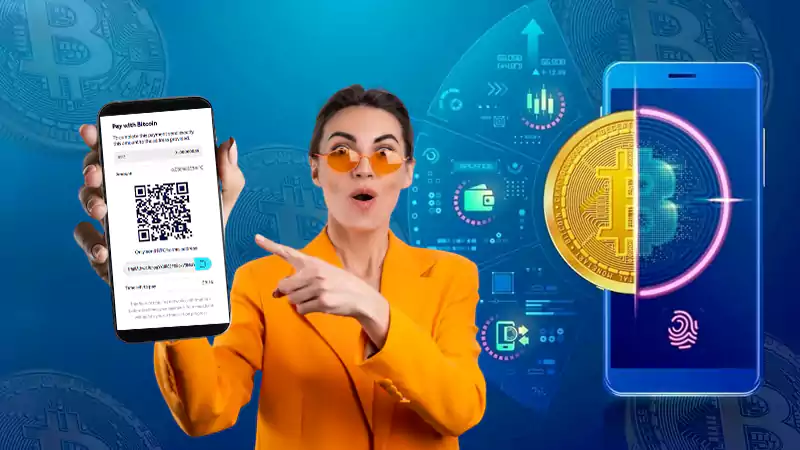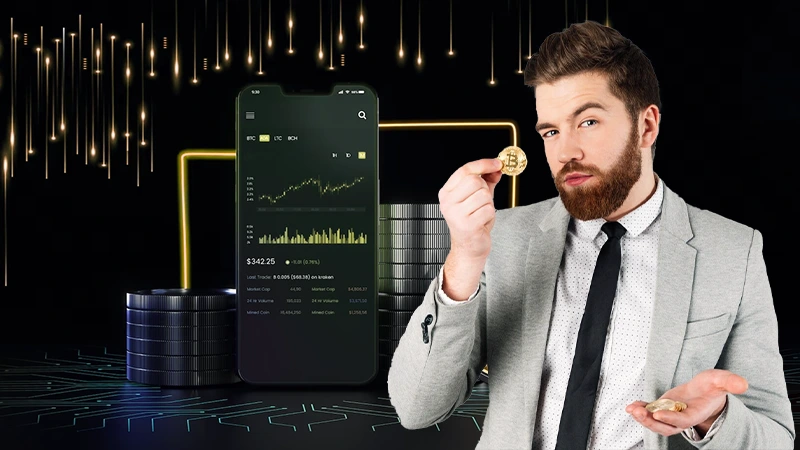
SHIB and XRP are top runners in the crypto ecosystem. These digital coins have great social value and seem to be ready to bounce back after the immense price drops. But which coin does a better job at winning the race – the meme coin or the native token of the Ripple payment network? Delve into this article to get to know more about the projects they empower and compare SHIB vs XRP considering their current value and price predictions.
Shiba Inu: Noteworthy Facts

Shiba Inu (SHIB) is an ETH altcoin featuring the lovely Japanese breed as its mascot. Being a more robust alternative to Dogecoin, Shiba Inu has grown into an open-source environment for building dApps and smart contracts on Ethereum, instead of its own blockchain. Investing in Shiba Inu coins might prove to be a profitable long-term investment if done strategically.
When creating this project in 2020, its founder Ryoshi was curious about what may happen to the crypto project that totally relies on the community in its governance. Now it gathers 500,000 like-minded people who strive to create something powerful out of nothing.
The Shiba Inu ecosystem is run by three tokens: SHIB, LEASH, and BONE. There are also:
- ShibaSwap — a DeFi platform for trading cryptocurrencies;
- Shiba Inu Incubator — an NFT project for appreciating various art forms;
- Shiboshis — a collection of NFTs written on Ethereum.
The Shiba Inu tokens are used across its ecosystem. Similar to other cryptocurrency payments its holders can purchase goods and services. Additionally, some wallets allow you to deposit SHIB and use it like traditional currency for online shopping.
SHIB Coin Price Trends
The SHIB is now ranked the 15th largest cryptocurrency on the market. It is traded at $0.00000828 holding $4,546,794,539 of the market capitalization. As we look at its performance, we will see that SHIB decreased its current value by 0.14% within the last 24 hours. The market cap is also down. Its price has changed during the past 7 days as well dropping by 3.69%.
In the future, SHIB is projected to be traded at $0.00001259 in 2023. Later, it may reach the average cost of $0.00002509, but it will happen only in 2025. Like the history of cryptocurrency, the journey of Shiba Inu coins was also full of ups and downs. The founder of this coin was quite skeptical about its growth, but ultimately these made their way into the market and currently have a separate ecosystem.
Ripple: Noteworthy Facts

Ripple is a global payment blockchain-based system used by banks and other financial mediators. It allows secure international payments across currencies, be it traditional money like dollars and euros or cryptocurrencies. Similar to other cryptocurrency exchanges, its native token, XRP, is widely utilized for quick conversion between various currencies.
To enable transactions, Ripple uses gateways. These are businesses or other individuals that serve as a middleman between parties exchanging currencies or transferring payments within the network.
The Ripple network is known for fast transactions (from 3 to 5 seconds) at a low fee ($0.0002 per transaction). It operates 24/7, so serves as a great alternative to banks that are not available outside business hours.
XRP Coin Price Trends
As a holder of the 6th place in the crypto rating, XRP has an $18.62 billion market cap with 50 billion coins circulating on the market. It is now valued at $0.37, and in the future, the asset is predicted to grow up to $0.87. By 2025, experts agree that it will reach the $1.6 value, while the next two years do not promise to be fruitful.
Main Differences Between SHIB And XRP
Apart from the monetary value, there’s a wide disparity between SHIB and XRP. The difference between the two is clearly visible in the following aspects: –
- Circulating supply – The current circulating supply of SHIB coins is 58934691463130 and a maximum supply of 0 SHIB coins. Meanwhile, the overall circulating value of XRP is 52693851493 XRP coins, and a maximum supply of 100000000000 XRP coins.
- Percentage price change – The total rate of Shiba Inu has changed by -1.15221757% from the last day and by 5.35933176% over last week. On the other hand, the XRP rate has changed by 0.43618119% for the last day and by -0.91710463% over the last week.
- Trading Value – The 24-hour trading value of Shiba Inu is 124868284.84887000 US Dollars, whereas the trading volume of XRP within 24 hours is 1418682813.24660000 US Dollars.
Both of these cryptocurrencies are the future of the modern economy. They have their separate payment gateways and ecosystems, which sets them apart from other digital coins. They present contrasting investment opportunities, where SHIB has a higher level of speculative potential, meanwhile XRP has a way more established presence in the current economy with some potential regulatory implications.
Shiba Inu or Ripple – What You Should Consider Buying?
They both are very popular and top-notch cryptocurrencies. If you are considering investing in any of them, you should definitely take a look at the risk and volatility. When investing in any one of them, pay attention to the following factors:
- Market trends
- Team credibility
- Project fundamentals
- Potential regulatory implications
A thorough analysis and comparison between the two won’t cause any harm. By researching and analyzing, you’ll be able to compare the market features and performance, which will ultimately help you make an informed decision.
Conclusion
So, while the concept of Shiba Inu can be fun, Ripple is a more practical platform applicable for real-world usage. However, considering how these coins will progress, they are unlikely to become a solid long-term investment.
Therefore, you may be willing to consider other investment opportunities. For example, comparing XRP or SHIB to ATOM vs AVAX may give you a better idea of where to fund your money.








